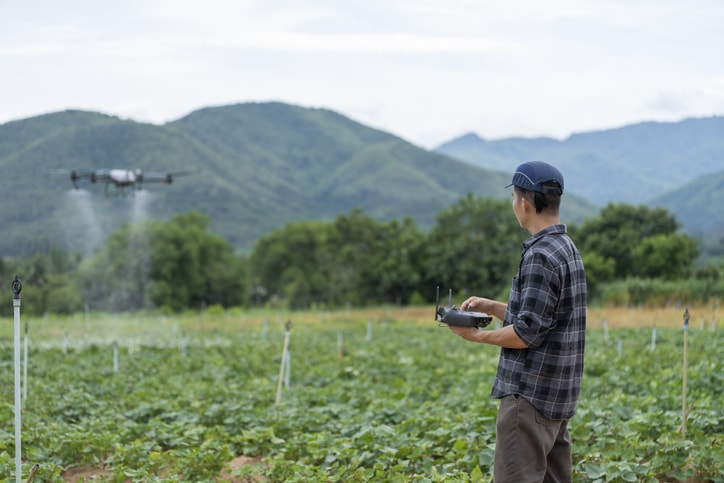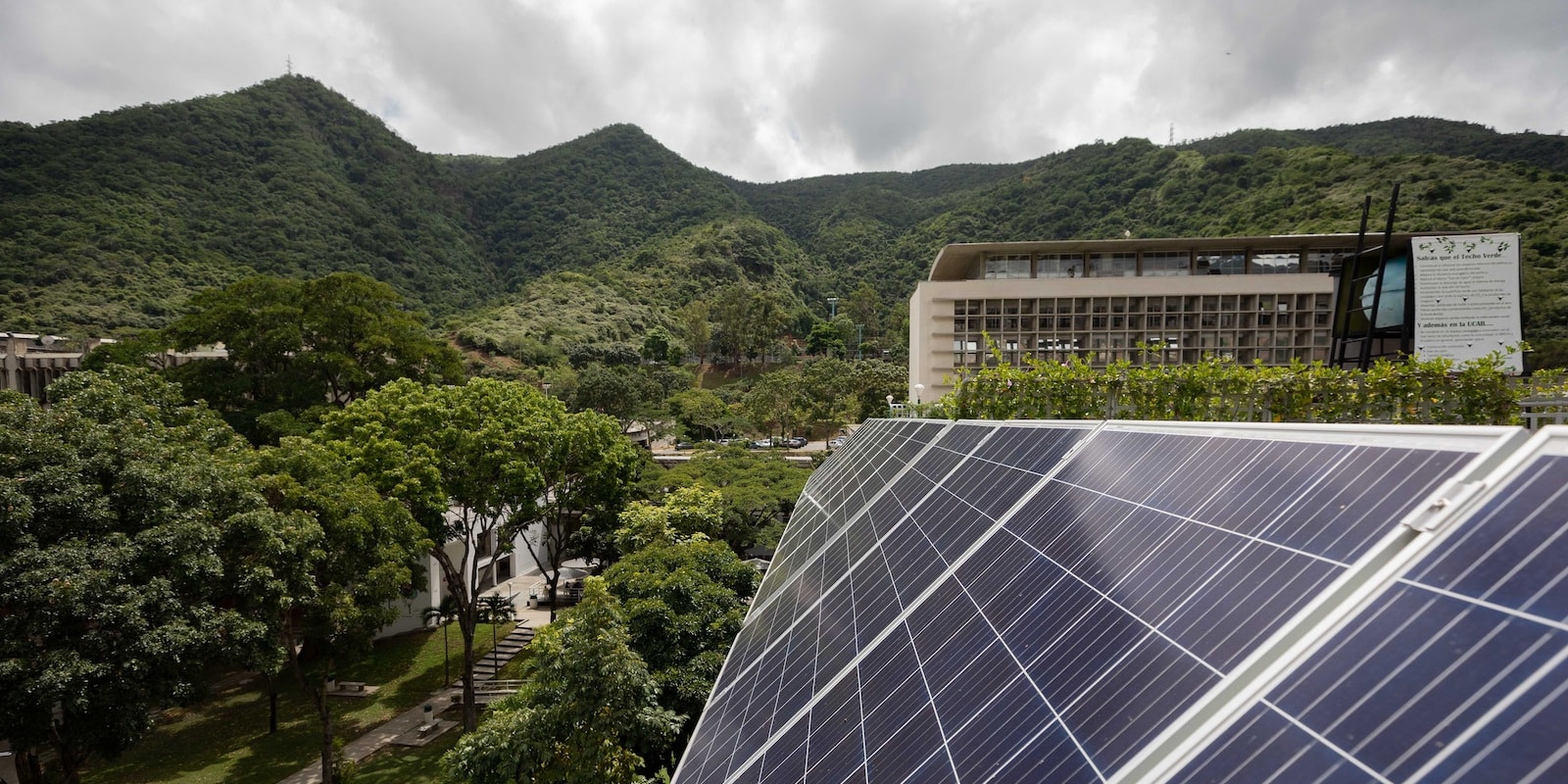Wednesday, June 26, 2024
Space debris has become a growing problem. But what if the materials from artificial satellites that are no longer useful could be reused? Alberto Águeda, GMV's Director of Space Surveillance and Traffic Management, explains to Planet Energy how circularity can also be applied beyond our planet
By Tomás Muñoz M.
"Space is another ecosystem that we can preserve by reusing and recycling waste"
Telecommunications, connectivity, security, defense, geolocation, navigation, weather, education or research: the list of services provided through artificial satellites has continued to expand since the launch of the first Sputnik almost seven decades ago. So much so that many of anyone's daily tasks depend directly on this technology. However, there is an undesirable counterpart, as human use of outer space also leaves a footprint on an environment that, until very recently, was completely untouched.
The debris floating — or rather orbiting — around Earth comes from the 6,500 launches conducted to send 17,000 satellites into space, of which 9,000 are currently operational. As a result, more than 11,500 tons of debris remain out there, waiting to reenter Earth. Although, perhaps in the not-too-distant future, the debris could be considered for reuse.
Understanding what is known as space junk involves grasping that it's not banana peels, used diapers, or empty soda cans, but rather "non-functional satellites and launch vehicles orbiting the planet, along with their fragments resulting from an explosion or collision among them." Alberto Águeda, Director of Space Surveillance and Traffic Management at GMV, a company that develops technology and strategies aligned with the European Commission and European Space Agency's policies for reducing space debris, explains it this way.
And the fact is, aside from the risks involved in the return of this material to the Earth's surface, which experts consider to be minimal, there is another issue that must be addressed: "There are sustainability issues that we must address from an environmental point of view," points out Águeda.
To begin with, "we can understand space as another ecosystem. The sad thing is that, just like human beings impact the ocean or the atmosphere, we also leave waste in this new environment. Thus, when a satellite reaches the end of its useful life and cannot be brought back to Earth, its remains are sent to the so-called graveyard orbit," explains the expert. In addition, "it is noteworthy that reentries also cause pollution, as the mass that does not burn up due to atmospheric friction ends up falling to the earth or sea, and certain aluminum particles are even released and remain suspended," he clarifies.
Furthermore, there is an additional concern: the Kessler Syndrome. "It’s a hypothetical critical moment in which the debris would collide with each other, triggering a chain reaction because impacts would generate new fragments in motion, which in turn would also impact successively," he explains. Precisely, to prevent such situations from occurring, the Director of Space Surveillance and Traffic Management at GMV is clear that it is not enough to monitor all orbiting debris and control their reentry. He states, "looking forward, we must consider how to remove them and utilize their materials. In other words, the key would be to implement the three Rs of circular economy in space.
"Currently, we avoid the mentioned problems by guiding missions in their maneuvers and with mitigation and remediation operations. However, the idea of promoting the reuse of components already exists," he assures. The GMV expert confirms that "research investigates the possibility of collecting debris using special cranes and subsequently using 3D printers in space to manufacture new components for satellites."
In this way, in addition to recycling the material, total sterility would be guaranteed: "Manufacturing in space would save us from continuing to do as we have until now, in the so-called cleanrooms, which are fully sterilized assembly lines aimed at preventing contamination of pristine ecosystems with the entry of terrestrial microorganisms into other planets and natural satellites," he emphasizes.
Legislative initiatives for a sustainable orbit
Although Earth is divided into states, countries or nations, space still belongs to everyone equally. For this reason, space agencies collaborate in monitoring the status of this debris, preventing collisions, and managing reentries of objects. Nevertheless, Águeda acknowledges that "beyond purely technical aspects, there has not been great international coordination in the management of space debris until now."
But this situation has been changing in recent years, "with specific legislative initiatives to regulate activities and create a regulatory framework that harmonizes laws from different countries," he explains. The European Union is at the forefront of this matter and is already working on a future Space Law.
In fact, last year the European Council approved conclusions entitled Fair and Sustainable Use of Space which, according to Diana Morant Ripoll, Spanish Minister of Science, Innovation and Universities, "show the way to ensure a European presence in Earth's orbits in a safe, protected and sustainable manner."
On this issue, Alberto Águeda recalls something that, despite being obvious, is still important: "Keeping orbits clean has a very high economic cost, but above all, it is an essential task to ensure a sustainable future for a space that belongs to everyone."
Alberto Águeda is an aerospace engineer with over two decades of international experience in precise orbit determination, flight dynamics, navigation, surveillance, traffic management, and space tracking. Currently, he serves as the Department Director for GMV, where he oversees operations with over 100 engineers from eight different countries.
¿Te ha parecido interesante?





